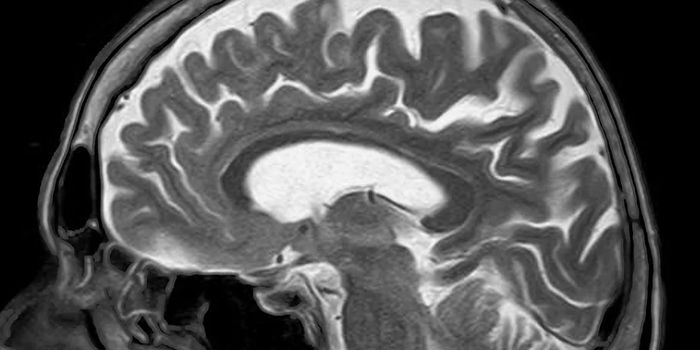Acetaminophen's Controversial Use in Pregnancy
Acetaminophen, a widely used medication known for its analgesic and antipyretic properties, has long been considered a safe option for pain relief during pregnancy. A study published in Pediatric Research delved into researching prenatal acetaminophen exposure and language development outcomes in children.
The demographic information of participants with exposure data highlighted some distinctions. Those who reported taking acetaminophen were more likely to be white, non-Hispanic, have attained at least a bachelor's degree, and have given birth vaginally. Additionally, this group exhibited lower mean Perceived Stress Scale (PSS) and Edinburgh Postnatal Depression Scale (EPDS) scores during pregnancy.
Acetaminophen use during pregnancy was prevalent in the study group, with 70.9% of participants utilizing a medication containing acetaminophen at least once during gestation. This percentage surpassed rates reported in previous studies. Notably, the study observed increased acetaminophen use during the first trimester (58.6%), indicating early exposure in the developmental timeline. Most participants reported using acetaminophen itself rather than other medications containing the drug, predominantly for pain relief.
Language development outcomes were assessed using the MacArthur-Bates Communicative Development Inventories (CDI) at 26.5–28.5 months and the Sequenced Language Scale for Infants (SLAS) at 36–38 months. Associations between prenatal acetaminophen exposure and language outcomes revealed intriguing patterns. An increase in the frequency of acetaminophen use during pregnancy was linked to modest decreases in vocabulary size, mean length of three longest utterances (M3L), and complexity in children at 26.5–28.5 months. Notably, these associations were more pronounced in the second and third trimesters.
Sex-specific effects were a notable finding in the study. Male children, in particular, exhibited higher odds of lower M3L and complexity scores in or below the 25th percentile. These distinctions highlight the potential sensitivity of male neurodevelopment to acetaminophen exposure during specific trimesters.
Further exploration was undertaken using the SLAS at 36–38 months, reaffirming associations between acetaminophen use and language development. Increased use during pregnancy, especially in the third trimester, was associated with lower total SLAS scores.
While acetaminophen remains a commonly used and generally regarded as safe medication during pregnancy, this research prompts a reevaluation of its presumed safety. The findings underscore the need for further investigations into the timing, dosage, and mechanisms underlying the observed associations.
Sources: Pediatric Research








